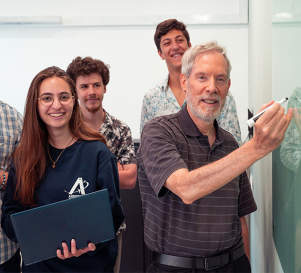Experimental Investigation of Burning Rate of Solid Propellants with Expandable Graphite Additives at High Pressures
| This study examines the enhancement of composite solid propellant burning rates by the addition of expandable graphite (EG), focusing on high-pressure combustion conditions typical of rocket motors. The burning rate of solid propellants is characteristic to the propellant formulation and it increases with pressure. Expandable graphite, a form of graphite intercalated with guest molecules, expands and elongates into worm-like structures when heated above approximately 200°C. When incorporated into the propellant matrix, the elongate EG strings can protrude from the burning surface conducting heat from the hot combustion gases into the unburned material. This enhanced heat feedback accelerates the propellant decomposition process, leading to a higher burning rate. Experiments were conducted using a high-pressure, windowed strand-burner test cell on ammonium perchlorate (AP)-based propellants with hydroxyl-terminated polybutadiene (HTPB) or polyester binders. Propellant strands were tested with various EG types differing in flake size (100–350 µm) and expansion onset temperature (150–240°C), at mass fractions ranging from 0 to 5%, with a constant AP content of 75%. Results showed that EG had a more pronounced effect on AP-HTPB formulations, achieving up to 35% increase in burning rate at high pressures, while AP-polyester compositions exhibited a less significant response. In general, higher EG content led to greater enhancement. These findings demonstrate that EG is an effective additive for improving burning rates by enhancing internal heat conduction, offering a promising approach to optimize the performance of solid propellants in high-pressure applications. |
Light refreshments will be served before the lecture










